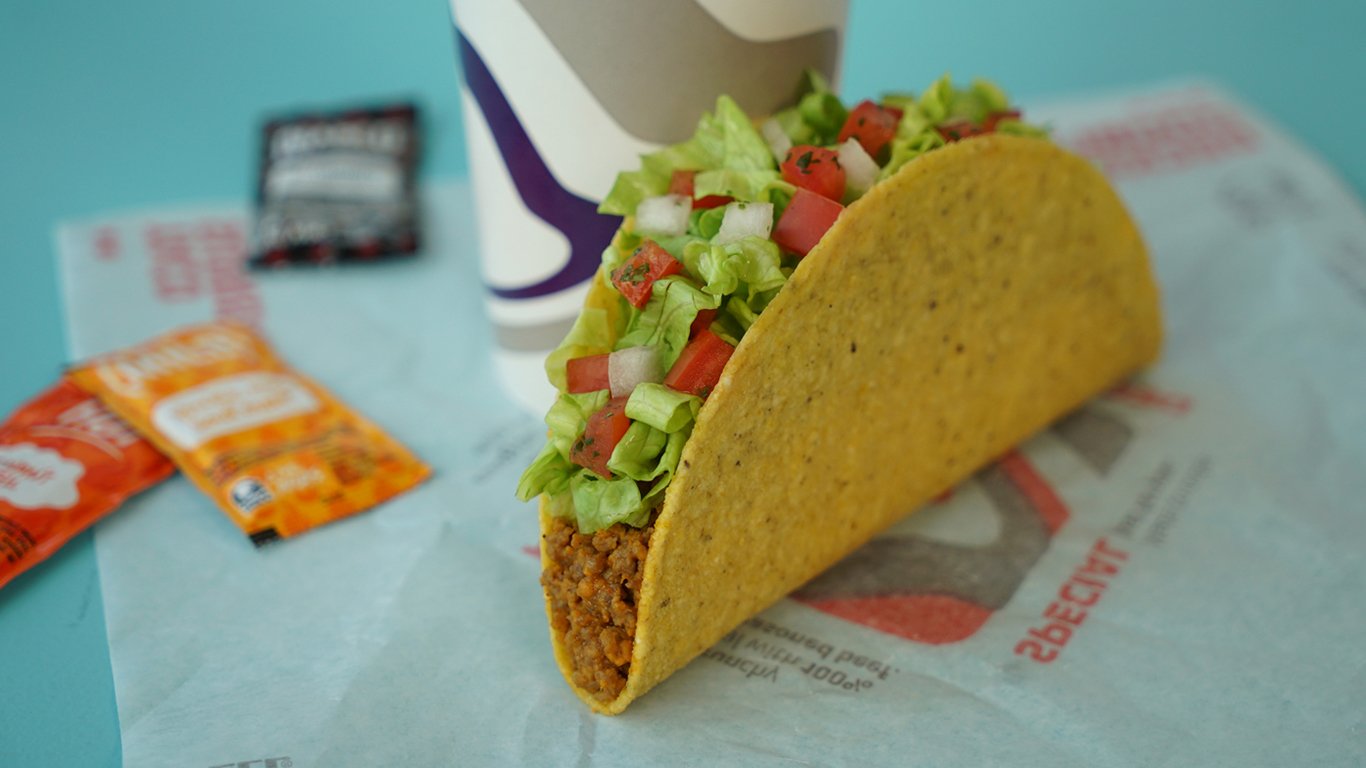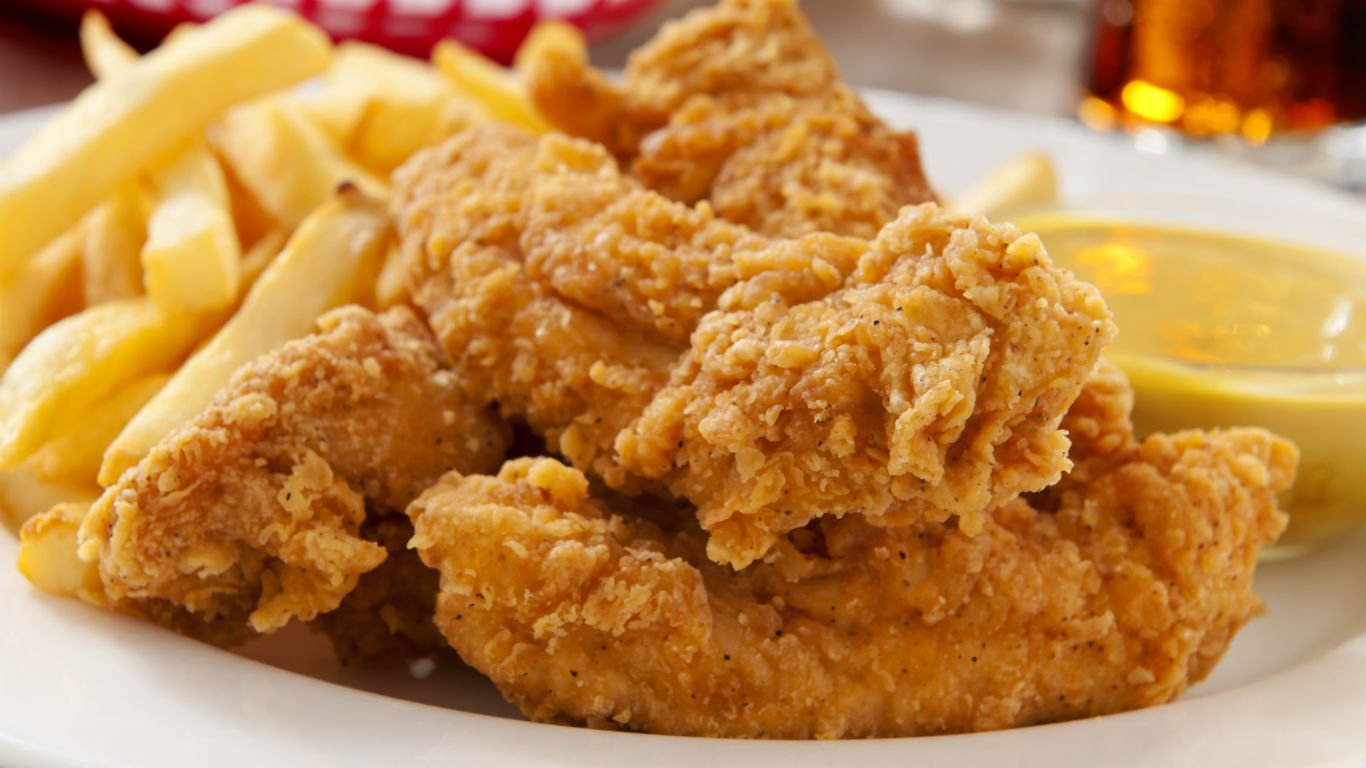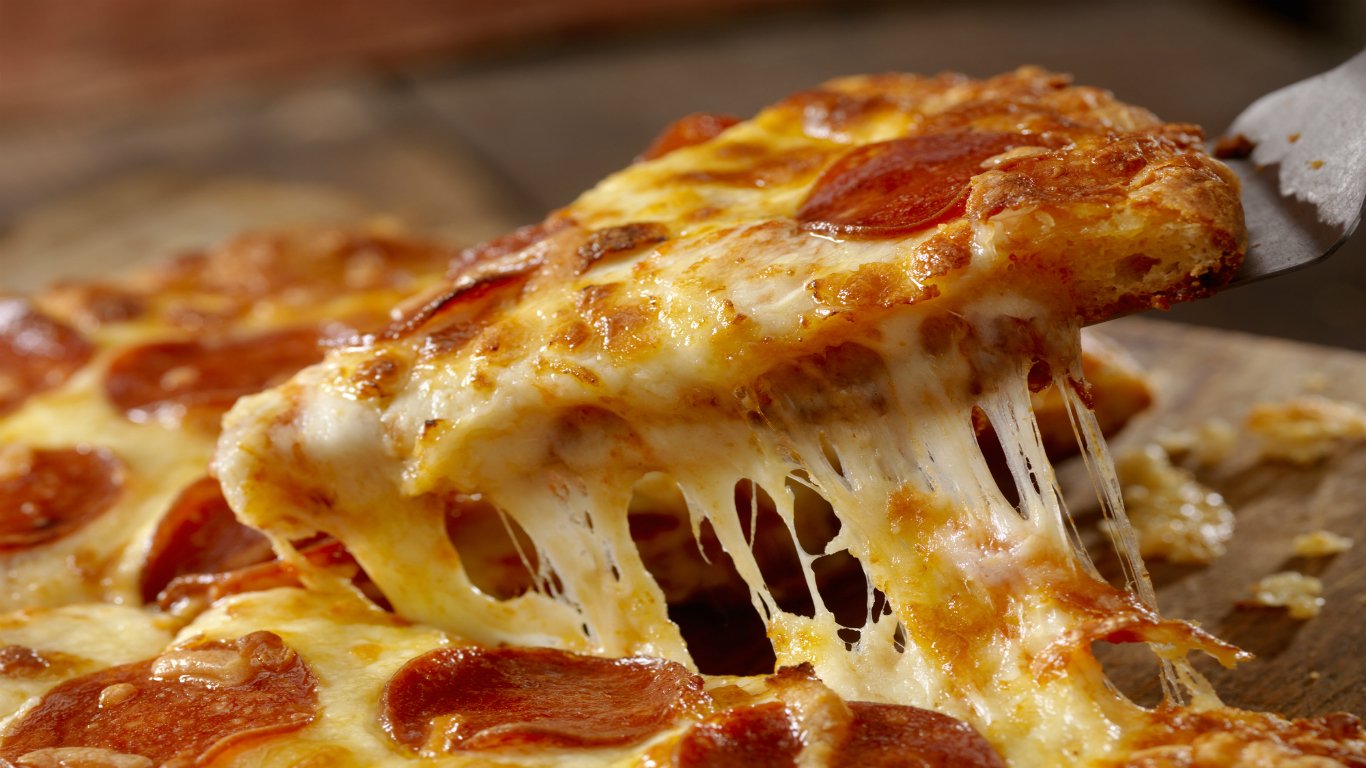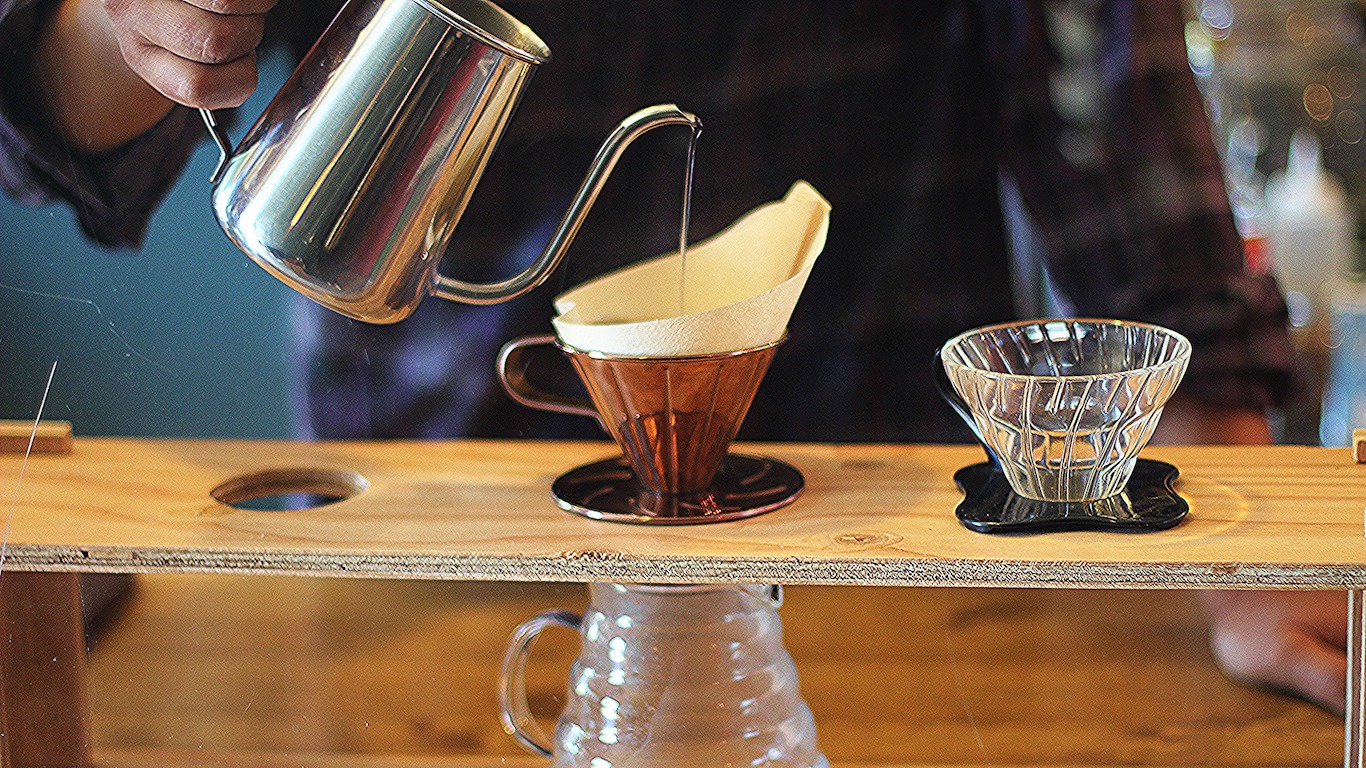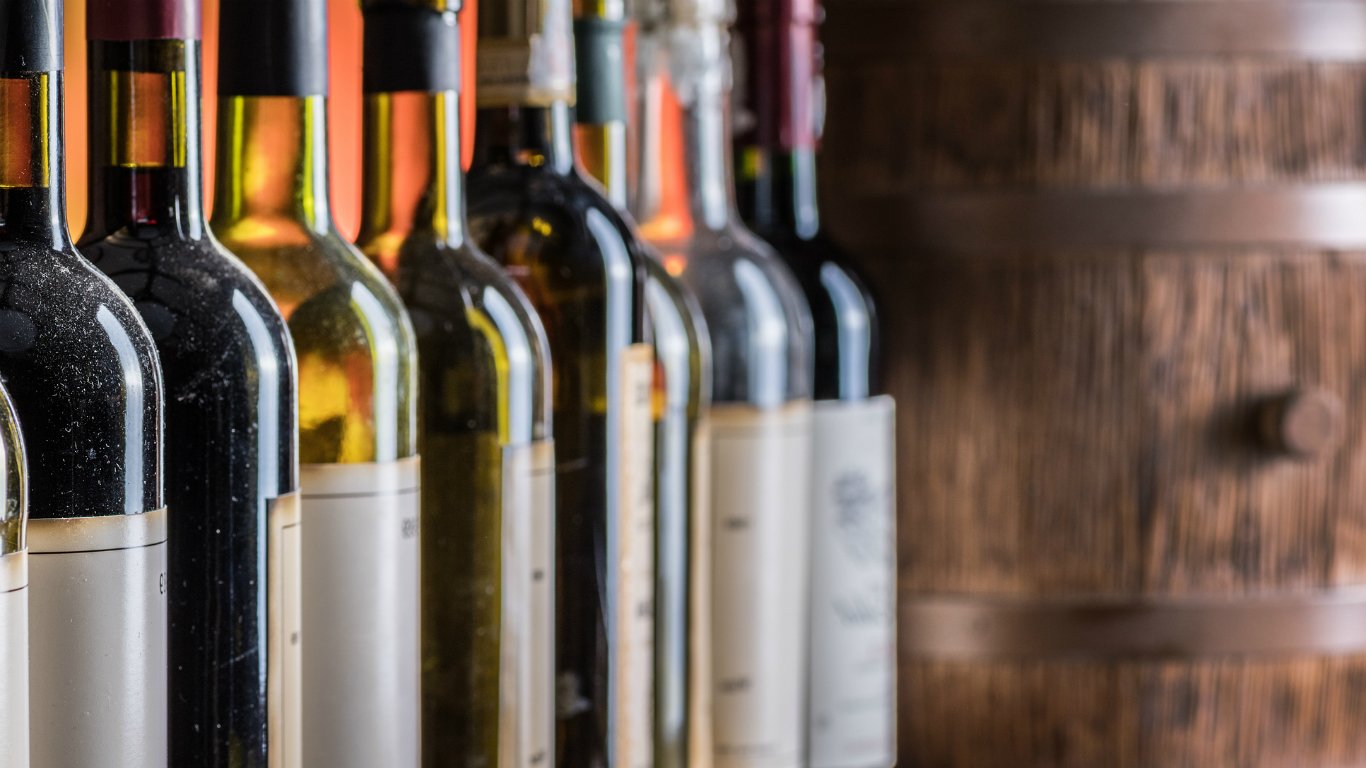

According to the online wine marketplace and wine app Vivino, an average bottle of white wine costs $14.41, while its red counterpart comes in slightly higher at $15.66. Those averages tend to rise precipitously as perceived quality increases. Vivino scores wines on a five-point scale, and considers that one scored 4.5 is better than 99% of other wines on the planet. The wines it considers virtually never reach a score of 5, but the “extraordinary” bottles that achieve 4.8 record a median online price of $280 for white, $528.82 for red.
Even those stratospheric prices are chump change compared with the most expensive wines available. The New Zealand-based wine database and search engine Wine-Searcher, which tracks wine prices in retail outlets around the world, has just released a jaw-dropping report on the most expensive wines of the decade.
Despite the economic downturn of 2008, by 2010 spending on pricey non-essentials had risen dramatically. As Wine-Searcher’s Don Kavanagh put it, the past 10 years were “the decade when wine went mad.” Inspired in part by a series of smaller-than-usual harvests, “Prices soared, [and] demand went through the roof….”
Is any bottle of wine worth thousands of dollars? If we’re talking about the pure sensual enjoyment sipping it might bring, the answer is pretty clearly no. Wine can only be so good. Even the most refined, complex, delicious examples — the ones that make the drinker stop and think “I had no idea that anything could taste this good” — are, after all, just something nice to drink. They won’t change the world or even your daily life. They’re just amusements, indulgences, ultimately rather simple pleasures.
Anyway, price doesn’t guarantee quality. Plenty of wines have inflated reputations, with their success depending more on marketing than on winemaking. That can be as true for a $10 wine as for a $1,000 one. Here are 11 ways to tell if a wine is actually really good.
Click here to see the world’s most expensive wines over the past decade.
Click here for our detailed findings.
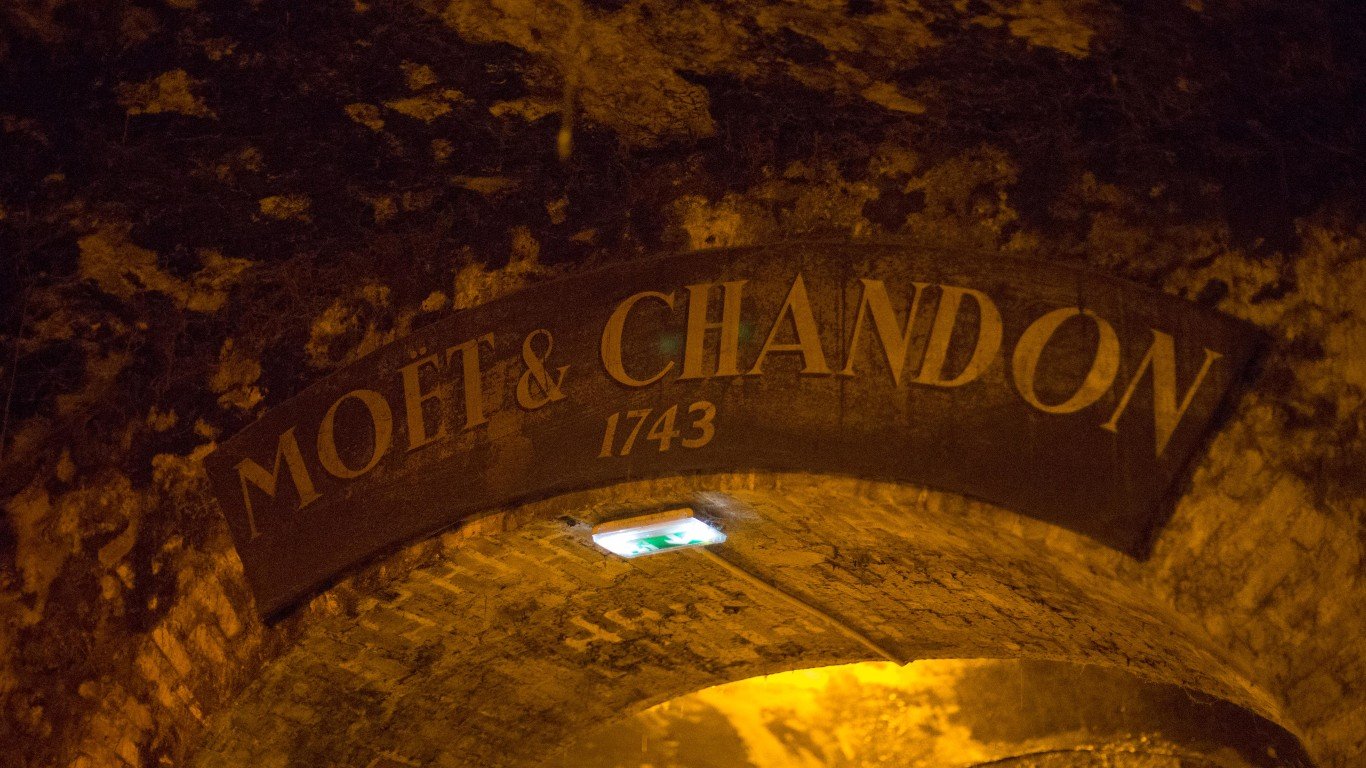
10. Moët & Chandon Esprit de Siécle
> Average price per bottle: $13,209
The name of this Champagne, from the famed producer of Dom Pérignon and other top-flight sparklers, means “spirit of the century.” It was produced in the late 1990s as a celebration of the new millennium, and is a blend of wines from what were considered the 11 best Champagne vintages of the 20th century — going all the way back to 1900. Only 323 bottles — magnums, the equivalent of two bottles each — were made.
[in-text-ad]
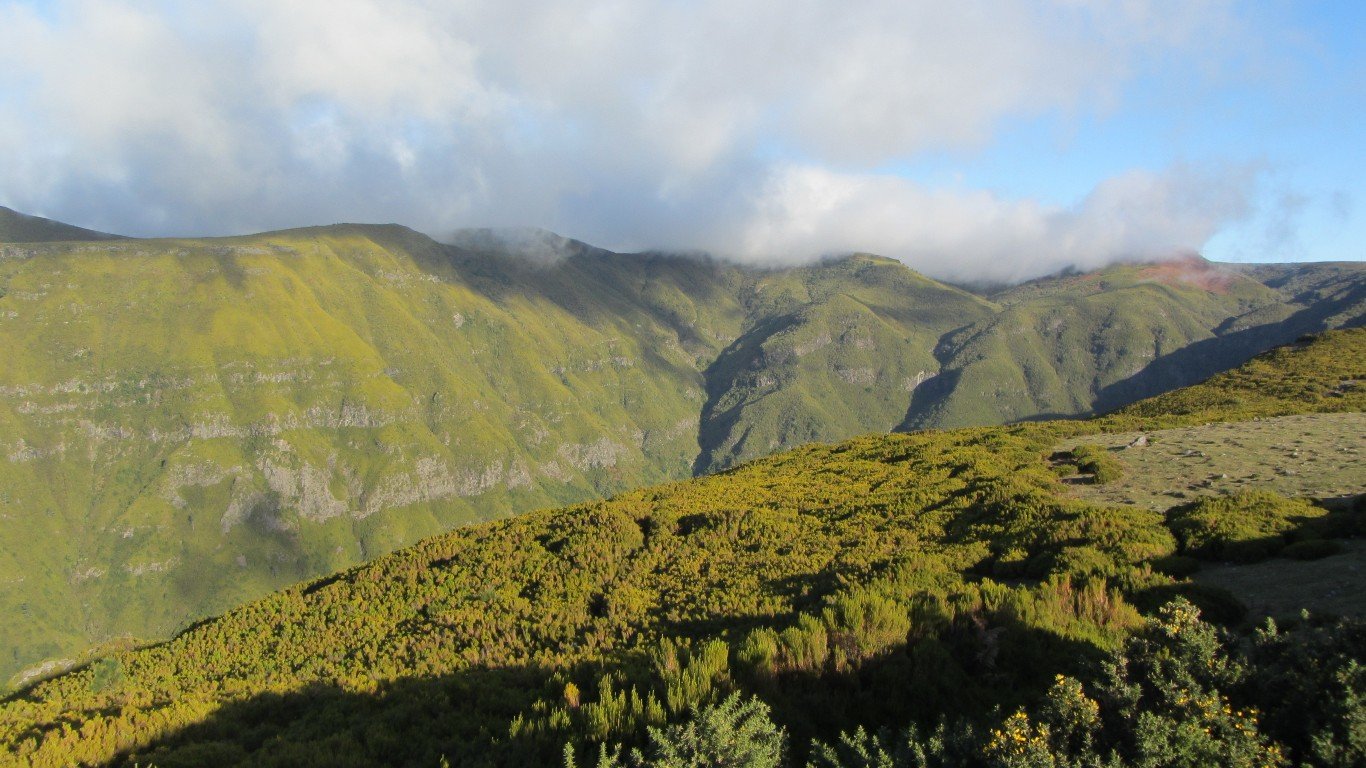
9. Pather Madeira, Borges Family Reserve, 1720
> Average price per bottle: $14,995
An example of an esteemed variety of fortified wine (spiked with neutral grape spirits) from the Portuguese island of Madeira — the Founding Fathers were great Madeira fans — this might be the one wine on this list whose genuine rarity makes it worth this kind of money. Though the Madeira firm of H.M. Borges was founded only in 1877, the Borges family collected older examples of the wine, including this one. And yes, it was really made in 1720 — 23 years before Thomas Jefferson was born — and yes, by all accounts, it should still be drinkable.
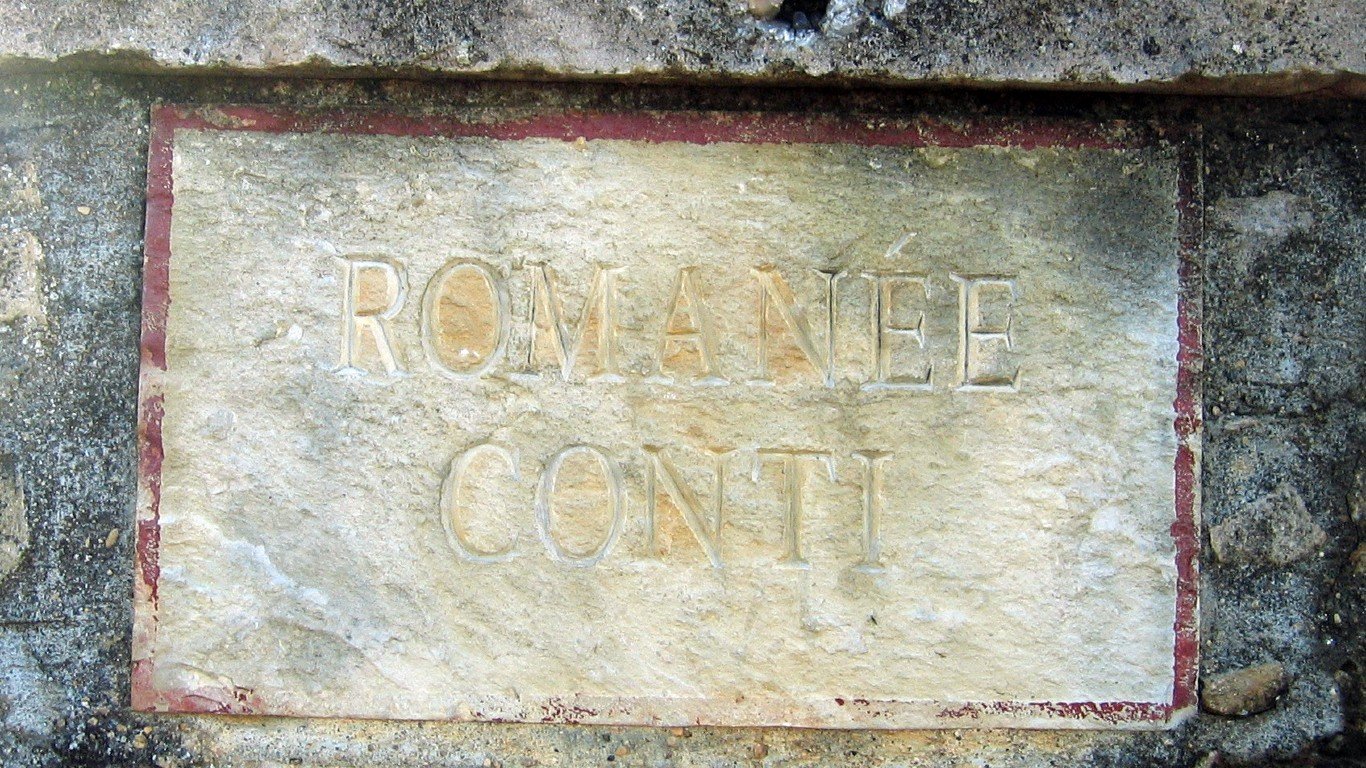
8. Domaine de la Romanée-Conti Romanée-Conti Grand Cru
> Average price per bottle: $15,254
This is the top-of-the-line wine from the most famous wine estate in Burgundy. And $15,254 isn’t such an outrageous price considering that the current available vintage, 2016, is listed for as much as $29,764 a bottle by one U.S. wine merchant — and that two bottles of the rare and reportedly excellent 1945 vintage sold for $558,000 and $496,000, respectively, at an auction in New York last year.
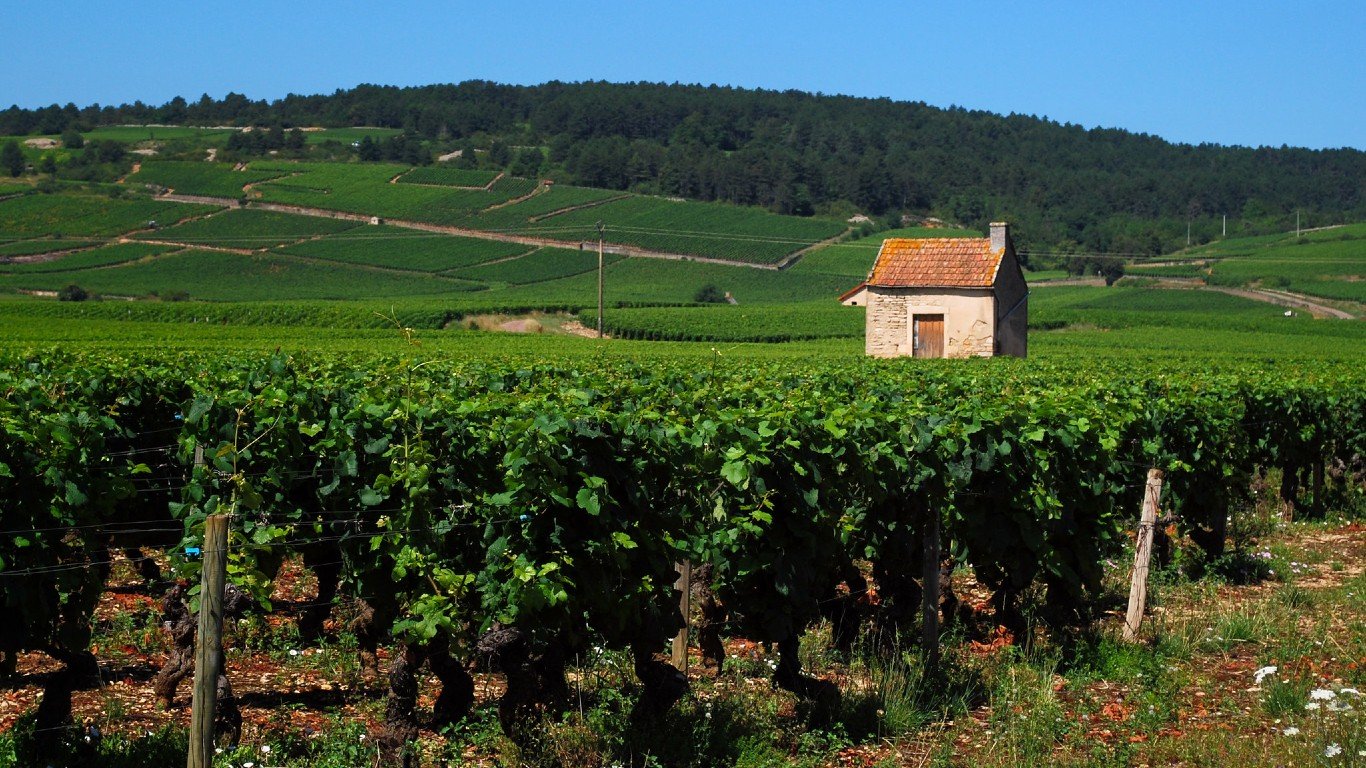
7. Henri Jayer Richebourg
> Average price per bottle: $15,786
The Burgundian winemaker Henri Jayer was a legend, and his wines were always considered among the region’s best. He never produced large quantities, and made his last vintage in 2001. (He died in 2006.) Remaining stocks of his wines are dwindling fast, hence their rarity.
[in-text-ad-2]
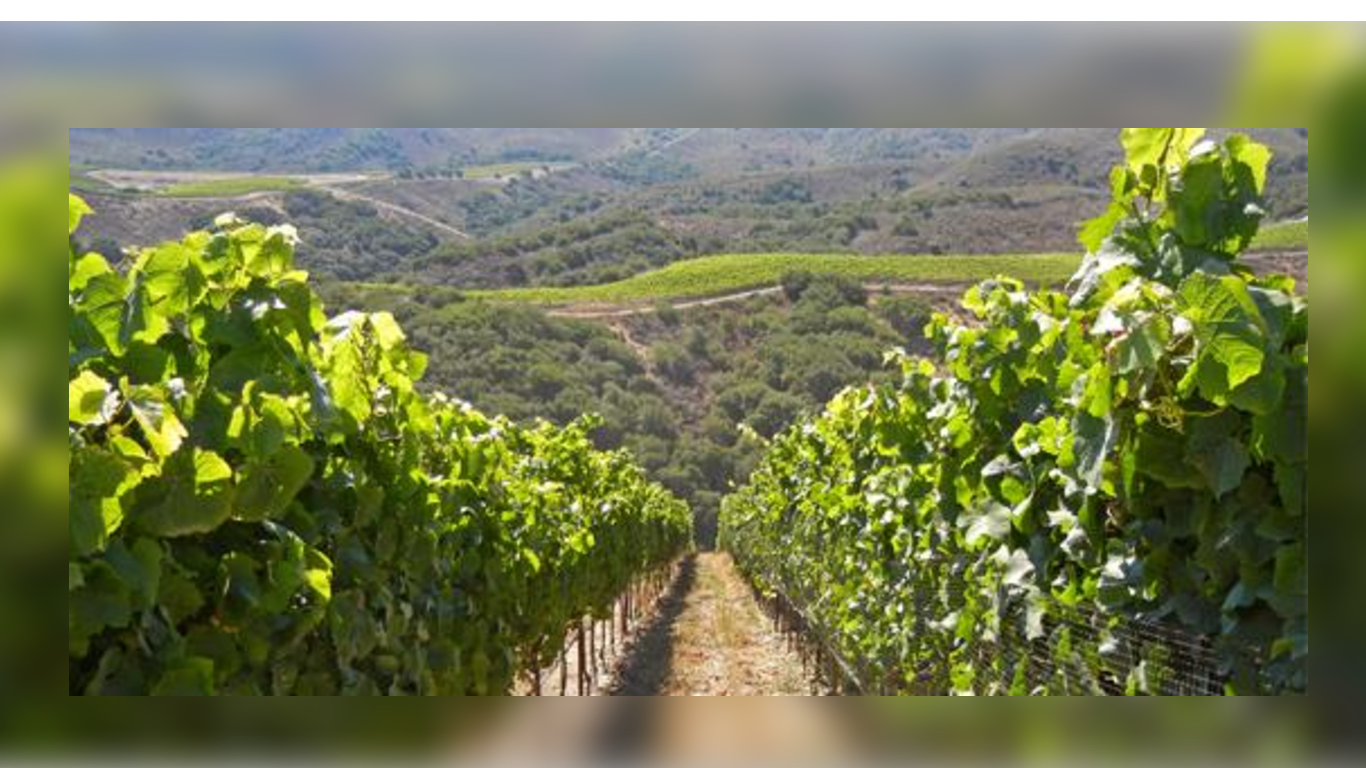
6. Sine Qua Non Gewürztraminer With No Name 1999
> Average price per bottle: $21,050
This is a dry gewürztraminer from California’s ultimate cult producer, made from grapes sourced from Santa Barbara County’s Babcock Vineyard. Sine Qua Non’s wines are made in very small quantities, and distributed mainly through the winery’s mailing list. This one was so rare that it wasn’t even offered to the whole list, but only to a few select customers.
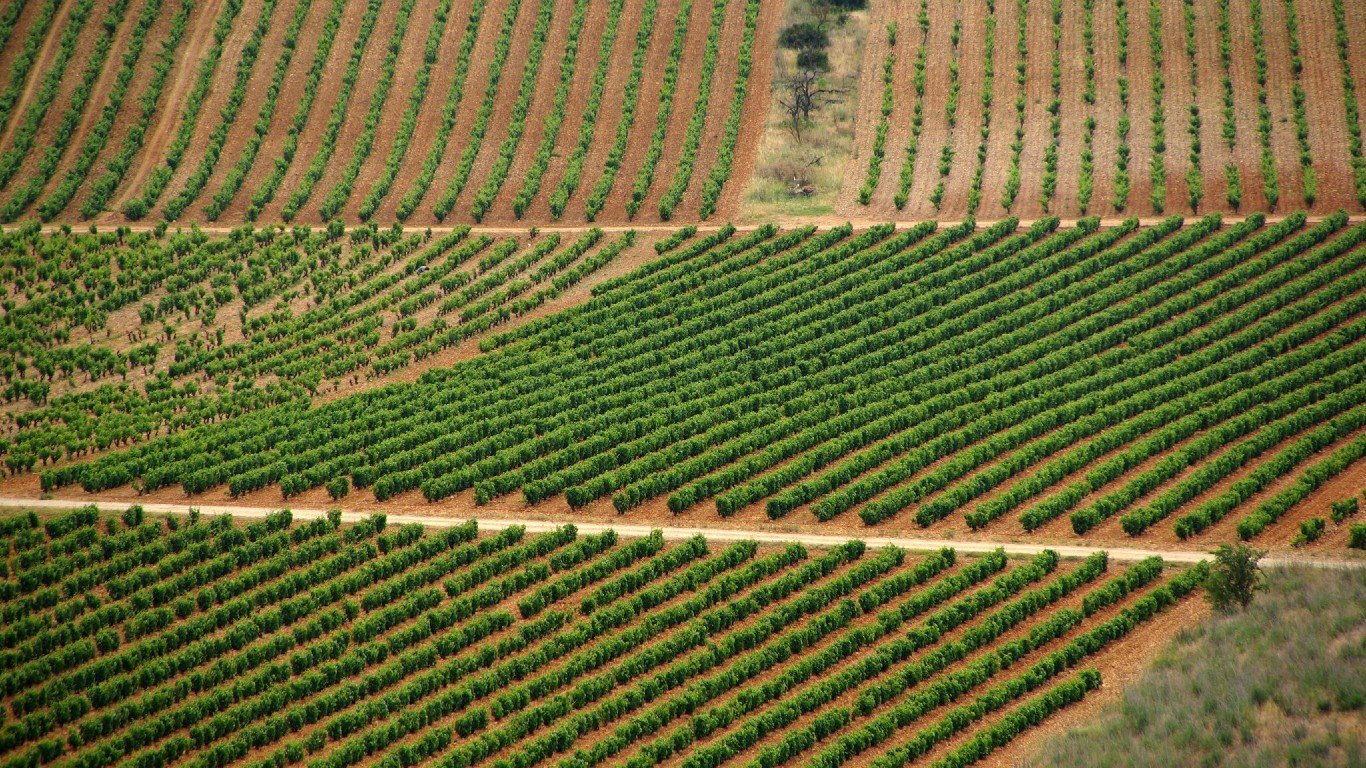
5. Hilario Garcia AurumRed Gold
> Average price per bottle: $22,108
Hilario Garcia operates not in one of Spain’s blue-chip red wine regions, like Rioja, Ribera del Duero, or Priorat, but in the province of Cuenca, between Madrid and Valencia. Garcia treats the vines in his century-old tempranillo vineyard with ozone, which he believes produces grapes of higher quality, and renders them less susceptible to harmful pests and diseases. His first bottling of the wine he calls AurumRed Gold was the 2009 vintage, released in 2012. He priced it at 4,000 euros a bottle (about $4,491), but learned that Chinese customers were buying it and reselling it for more than four times that. Garcia went with the flow, and the wine now typically retails for around $28,000 a bottle. He sells only 150 bottles of it each year.
[in-text-ad]
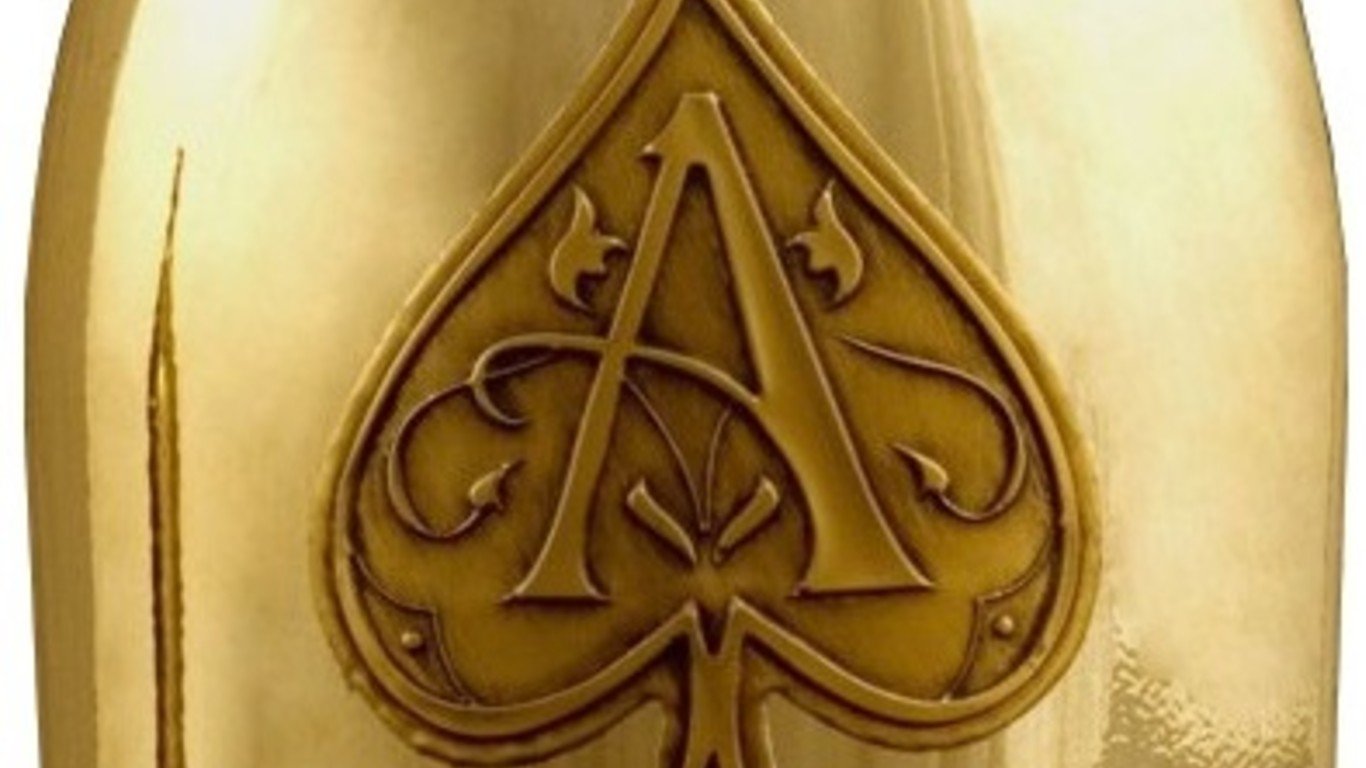
4. Armand de Brignac (Ace of Spades) Midas Gold Brut
> Average price per bottle: $50,378
You might think you’d have to be a major celebrity to buy one of these — someone like Jay Z, for instance, who happens to own the brand. In fact, it’s not really all that expensive, though, when you consider that the Midas contains 30 liters of Champagne, equivalent to 40 regular bottles. That works out to a mere $1,259.45 a bottle — nowhere near enough to land it on this list if the bottle wasn’t so huge.
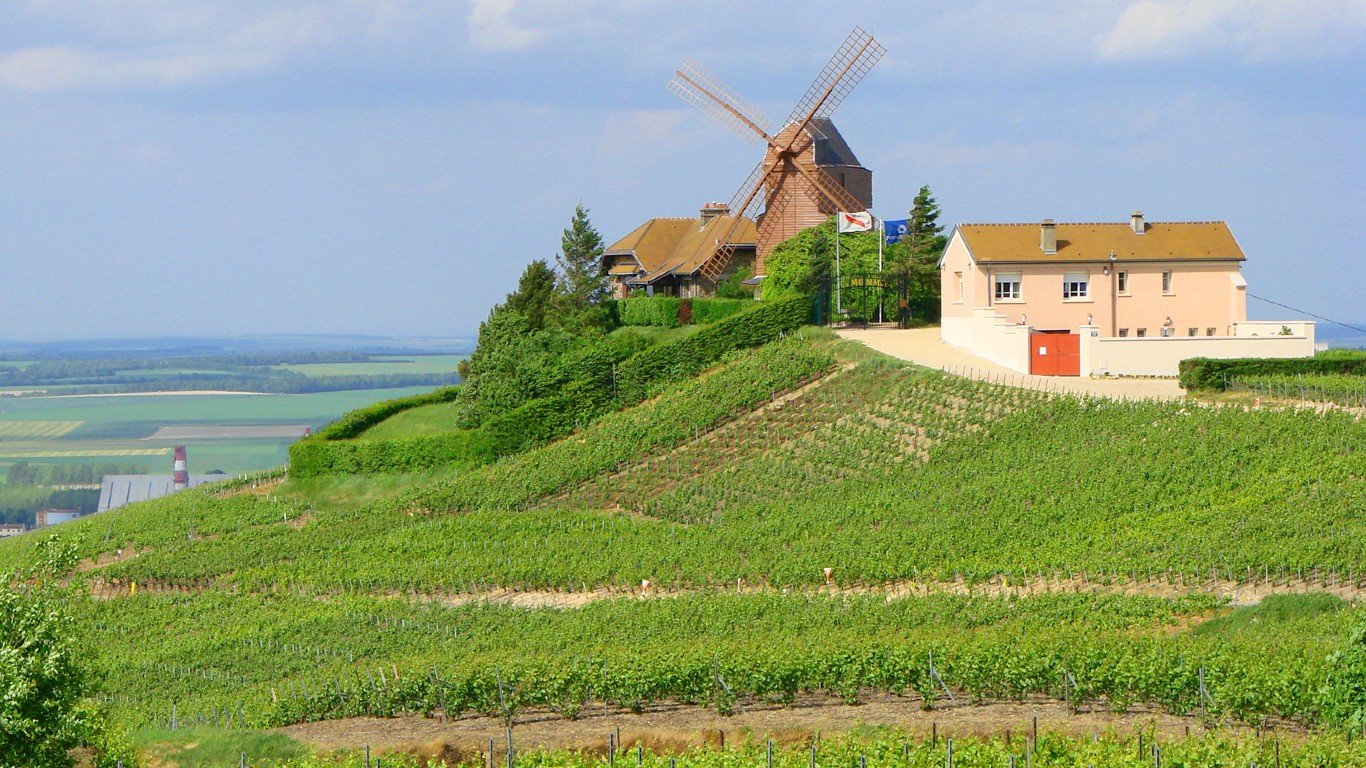
3. Piper Heidsieck Rare Le Secret Fine Jewellery Edition
> Average price per bottle: $61,924
Piper Heidsieck makes very good Champagne, but this one’s hefty tariff has little to do with what’s inside the bottle. That bottle itself — a magnum — is what drives up the price. Famed Parisian jeweler Mellerio, founded in 1515, has designed a package that includes interwoven gold-hued ribbons inset with hundreds of miniscule diamonds plus a single diamond, ruby, sapphire, or emerald (every magnum is different) of at least one carat. It would probably make a nice bud vase once the Champagne has been consumed.
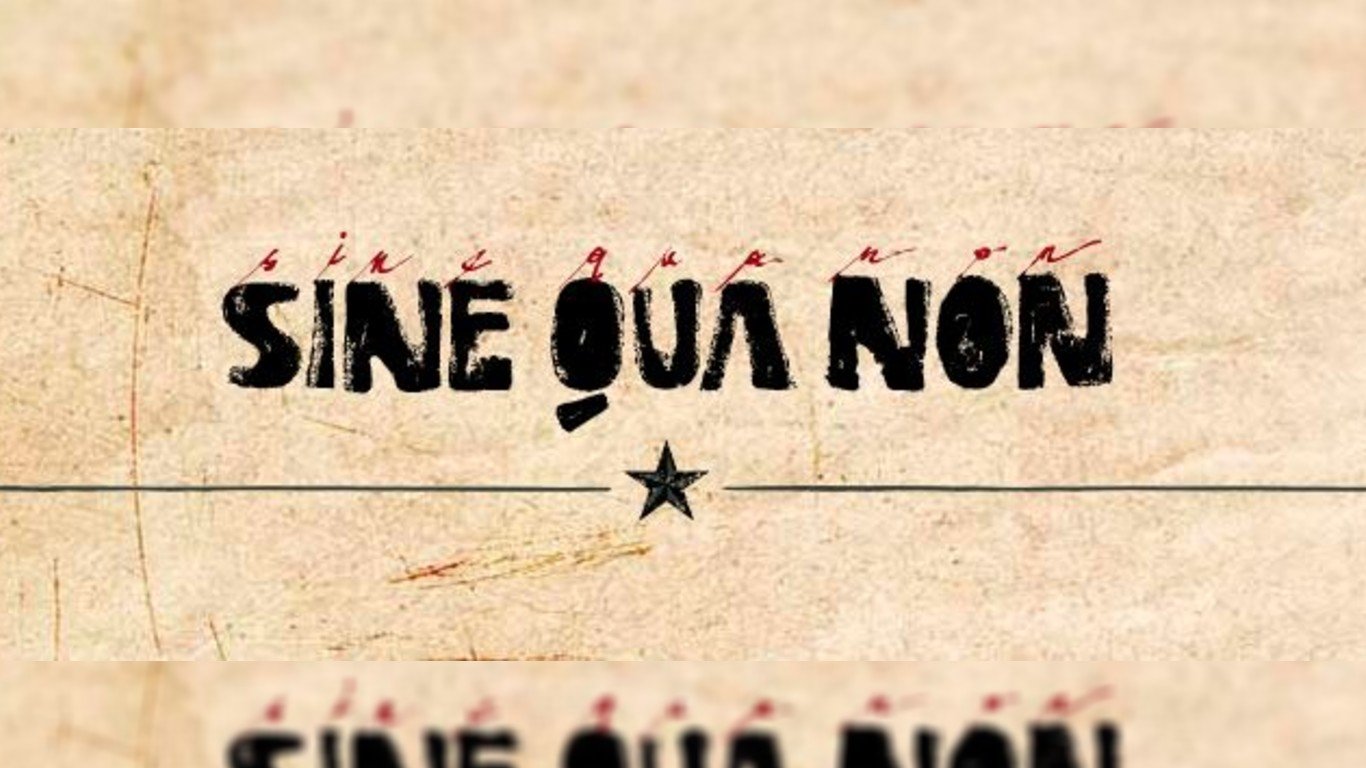
2. Sine Qua Non Queen of Hearts Rosé, 1995
> Average price per bottle: $98,216
This is the most expensive rosé ever sold, by an unimaginably huge margin — and it’s almost certainly not even drinkable. Sine Qua Non produced only 25 cases — 300 bottles — of this grenache-based pink wine in the year of its first commercial vintage. It never went on the market, though, and was given to friends and associates of the winery as a gift. Some who received it resold it, and because of its novelty and scarcity it was soon commanding outlandish prices.
[in-text-ad-2]
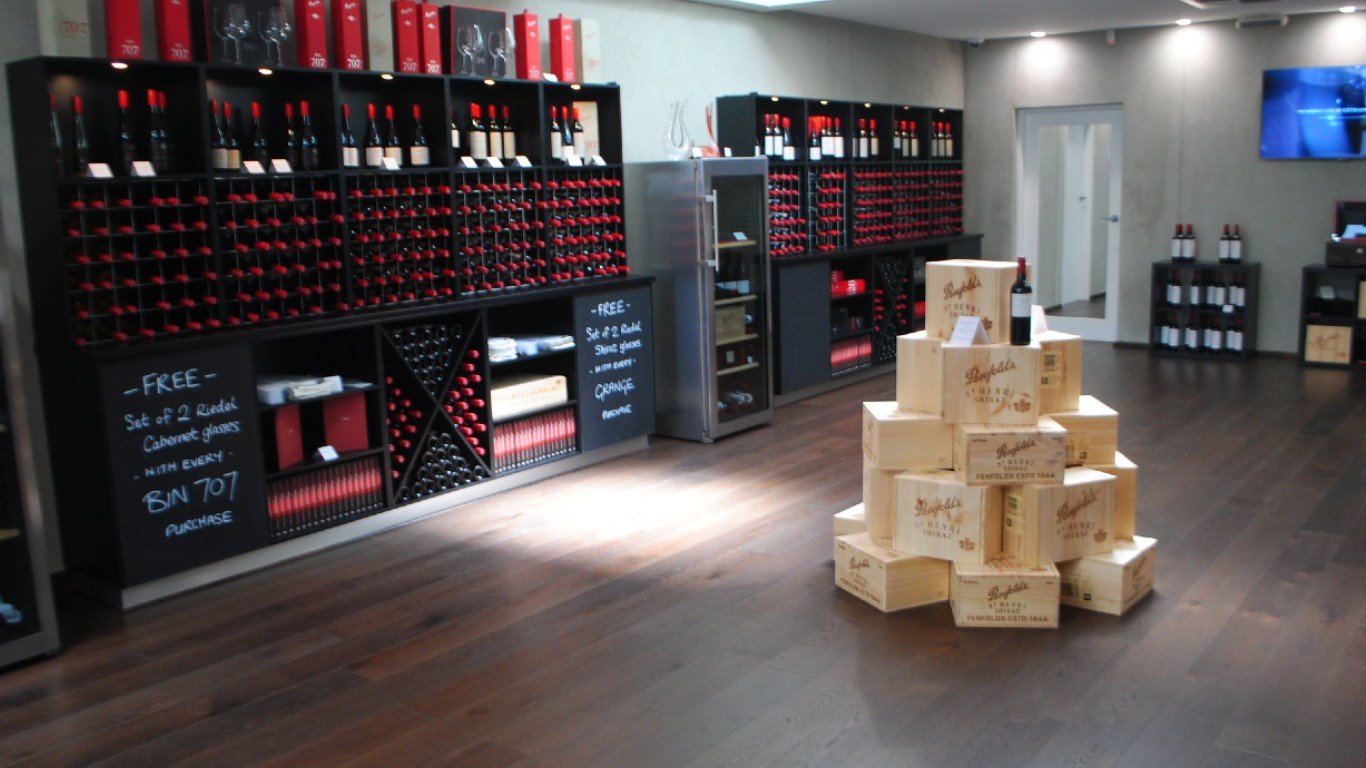
1. Penfolds Ampoule Bin 42 Kalimna Cabernet Sauvignon 2004
> Average price per bottle: $168,576
Australia’s Penfolds winery is no stranger to pricey wines. The latest release of its famous shiraz-based Grange, the 2015, sells for around $550 a bottle — and the most recent vintage of its rarely released Bin 42 Kalimna cabernet sauvignon, the 2004, goes for $1,000 in the U.S. That’s for a regular bottle, though. In 2010, the winery also released 12 special presentations of the wine, in hand-blown glass ampoules suspended in hand-tooled wooden cabinets. The price included a special service: Penfolds’ head winemaker would fly anywhere in the world to open the wine — “using a specially designed, tungsten-tipped, sterling silver scribe-snap,” according to the winery prospectus.
Why do people pay such ridiculous prices for bottles of alcoholic grape juice? Sometimes the price is jacked up by gimmicky packaging, like the precious gems on the bottle of Piper Heidsieck’s Rare Le Secret Fine Jewellery Edition Champagne. Sometimes a wine’s price takes off when some quirk of the marketplace creates an unexpected demand for it, as happened with the perfectly respectable but hardly earth-shattering Hilario Garcia AurumRed Gold from Spain.
Most commonly, though, it’s simply a question of rarity. When a vintner stops producing a prestigious bottling or a winery releases only an extremely limited quantity of something perceived to be very special, collectors compete to obtain the rare existing examples, driving up the price. Savvy winemakers, of course, capitalize on the demand. (If you think these wine prices are outrageous, however, you won’t believe how much the world’s most expensive scotch is.)
In determining which wines have been the most expensive since 2010, Wine-Searcher sometimes considered a specific vintage, especially if it was one-of-a-kind, but in other cases tracked the wine across all the decade’s vintages to arrive at an average price. Note that this is not the same as the current bottle price, which will almost always be higher. It should be noted, too, that a few of the examples here are super-sized bottles, not the standard 750 ml kind.
The selection includes three Champagnes, two Burgundies, two California wines (from the same producer), and one each from Portugal, Spain, and Australia. All are probably wonderful examples of the winemaker’s art, though most of us will never know.
Essential Tips for Investing: Sponsored
A financial advisor can help you understand the advantages and disadvantages of investment properties. Finding a qualified financial advisor doesn’t have to be hard. SmartAsset’s free tool matches you with up to three financial advisors who serve your area, and you can interview your advisor matches at no cost to decide which one is right for you. If you’re ready to find an advisor who can help you achieve your financial goals, get started now.
Investing in real estate can diversify your portfolio. But expanding your horizons may add additional costs. If you’re an investor looking to minimize expenses, consider checking out online brokerages. They often offer low investment fees, helping you maximize your profit.
Thank you for reading! Have some feedback for us?
Contact the 24/7 Wall St. editorial team.
 24/7 Wall St.
24/7 Wall St.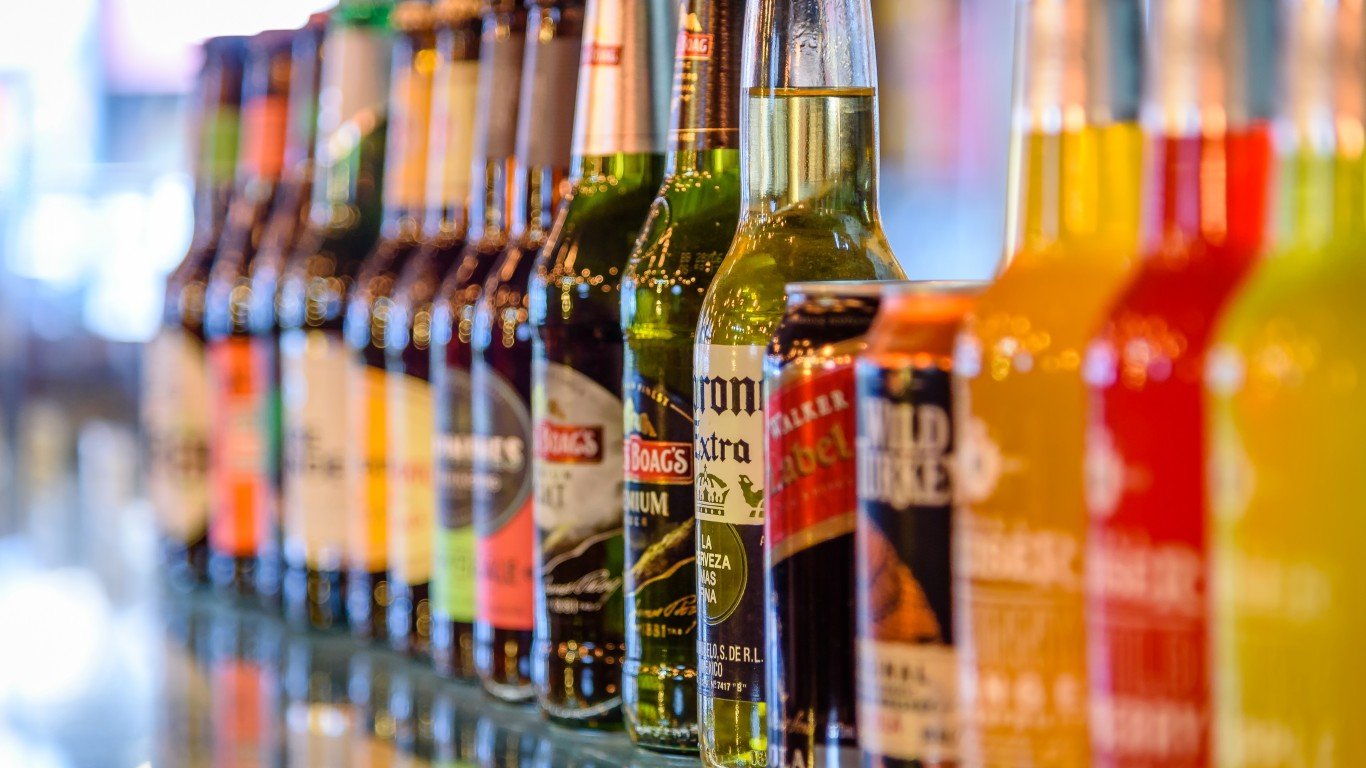 24/7 Wall St.
24/7 Wall St.